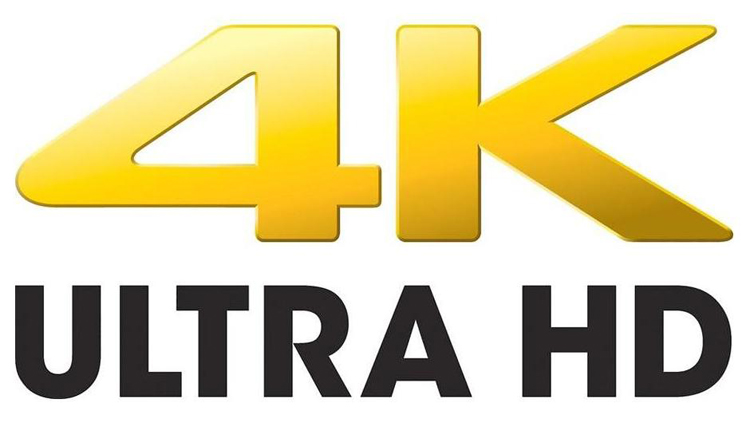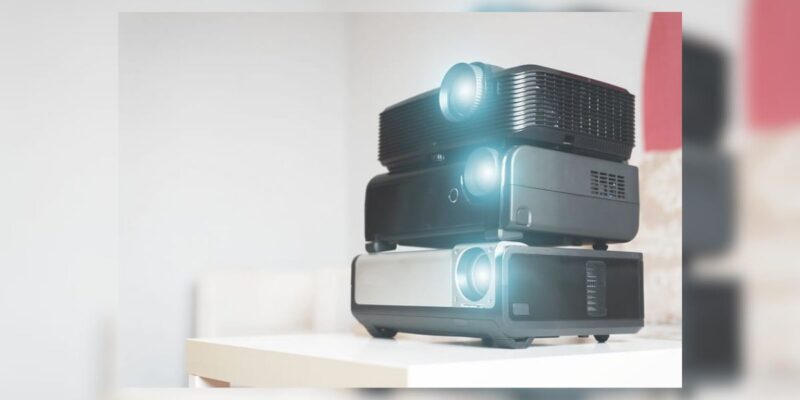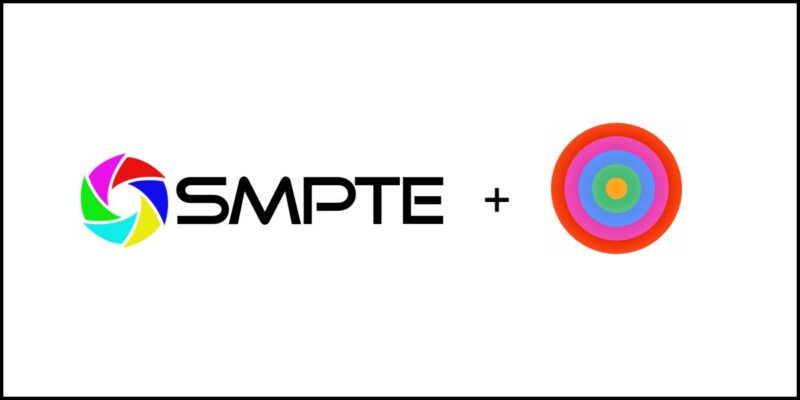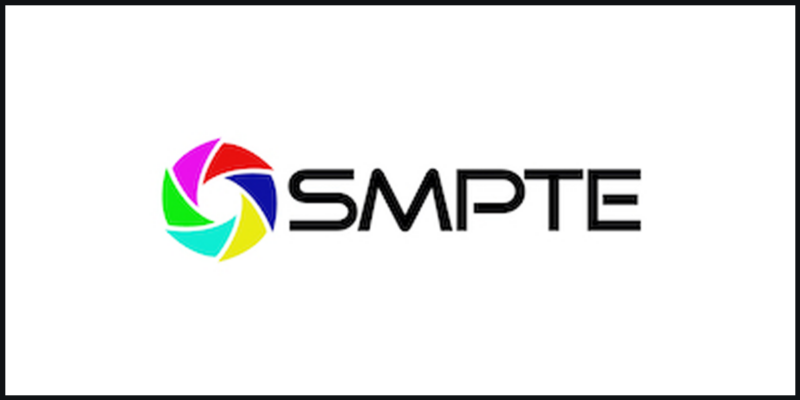Are UHD 4K Kidding Me?
If you have read anything I have written about 4K and UHD in the last year or so, you’ll know that I have not been a supporter of the widespread adoption of this technology yet.
In commercial environments, I see the immediate advantage of using a single 4K display in displaying multiple 1080p windows at full resolution. That is a fairly straightforward application. I’ve also written about the upcoming replacement of 2×2 video walls that utilize 42″ and 46″ screens with new UHD 84″ and 98″ single Large Format Displays (LFDs). I also agree that some high end visualization, medical, and engineering applications, where content is custom created for the displays anyway, will prove ROI soon as well. For the sake of this blog, I’ll even table the problems with other 4K and UHD commercial applications like digital signage and video walls, (don’t worry, there will be a whole other blog on that topic shortly) and focus for the moment on UHD in the consumer market.
Given that we are talking about the consumer market, let’s make things simpler by just discussing UHD, (4K really doesn’t exist in the consumer space anyway unless you decide to buy DCI quality gear for a dedicated home theater). If you don’t understand the difference, take a quick look at my definitive guide to determining if your display is 4K.
My outspoken nature on the topic of UHD not only earned me an interview on the topic in the New York Times, but also has put me on the radar of a few industry insiders who like to share information they see on UHD with me. As such, 2 different articles were sent to me as of late, both addressing the image quality of content on UHD screens.
They both minimized the fact that most content will be upscaled to fit these new displays. To that I ask
Are UHD 4K kidding me?
The first article I was sent was Why Does Upconverted HD Look Bad on 4k TVs? At first glance I was in love. I mean the premise of the title echoes exactly my thoughts on upscaled content.
The post replies to a question by Ben Soave and the comment he makes on upscaled content:
“The 4k content I see on UHDTVs in stores looks awesome. But when I ask the salesperson to flip the feed to regular HD (from Direct TV), the picture doesn’t look nearly as good. It looks worse, in fact, than the same content shown on the standard HDTVs, and certainly worse than on my 10 year-old Sony SXRD.”
This is exactly what I have been saying for some time. Native 1080i/p content on a 1080p display will look better than 1080i/p content on a UHD display. The answer to this problem, according to the responder in the article, is to add 1 $600-$2000 BluRay player as an outboard scaler to cut the inferior chip in the UHD display out of the loop.
Sound familiar?
This was the same solution I used to sell 10 years ago when needing to upconvert SD to 720p HD. However in most cases, after selling a $2000 Faroudja box and a $12,000 Knoll projector, clients inevitably complained about the picture quality. After spending $14,000 on gear, I’ll tell you that those conversations were quite heated as well.
The author goes on to say that
“Regular HD content upconverted to 4K by any new TV you buy will undoubtedly look better than what you saw in the store—provided you make an effort to carefully tweak picture settings using a test disc or, better yet, hire a video calibration pro to adjust it for you.”
That is sound advice, except the guarantee seems scrupulous at best, given that sentences prior he states that
“HD content from sources such as DirecTV and cable are inconsistent at best.”
How can anyone guarantee the quality at your home will be better than the store if source content varies widely?
The point is, that despite the author’s claim to have “found it difficult to tell the difference between the two”, upconverted HD and native UHD look different, even with good processing. That’s why I was surprised to learn that some are still saying:
Great title huh? The logic?
“4K and HD have the same aspect ratio. That means HD programming will play perfectly with a 4K set: No letterboxing or stretchy effects like when you watch standard-def fare on an HDTV… The high-definition video will just need to be adjusted by a video upscaler to match the native resolution of the 4K screen.”
Let me go back in case you missed it.
“The high-definition video will just need to be adjusted by a video upscaler.”
Then the article goes on to reference that “in many cases, the signal will look better than HD. On some 4K sets, at least.” That “upscaling performance can vary greatly from set to set” and that even in high end sets the “upscaling was sharper—not 4K-sharp, but somewhere in between HD and 4K.”
I have to credit both authors for including some great information, but have to question their resultant support for UHD and their optimism about the quality being great any time soon.
The Society of Motion Pictures and Television Engineers (SMPTE) has created a whole association around the needed UHD workflow and changes that will need to be made to broadcast to actually distribute UHD content.
Everyone wants to tout Netflix for having House of Cards but even SMPTE states that
“the industry remains far from having all the answers in terms of how to implement a full UHD broadcasting ecosystem any time in the near future.”
You heard that right.
“…any time in the near future.”.
So despite all the bravado around UHD and everyone’s reassurances that it’s going to be awesome, the people that actually make all this happen seem to lack that same confidence.
They even say that the transition to HD to UHD is a
“broad, open-ended and somewhat fuzzy process.”
Maybe someone from SMPTE should read the Wired magazine article to realize that the switch should be…what was the word they used? Oh yeah…”painless”.
The problem seems to be that we have 4K cameras and sensors in the market and then rushed UHD displays out as well, without letting the most crucial part, the “middle bits”, mature. This happens to be the most expensive part of the process, and one that still has not happened universally for the SD to HD transition yet.
“So we are moving from both ends toward the middle, if the middle is mastering and storage, playout, and archive.”
Moving from both ends toward the middle? That’s the same recipe for success that had a European and American space team shooting a Mars orbiter into space only to find later it missed its target because of some failed metric to standard conversions.
Without the middle, broadcast will never be UHD. It will be scaled down, squashed through, and then scaled back up…like it is now.
“Even today’s finest HDTV’s and UHDTV’s are succeeding in translating 4K imagery, largely through the use of over-sampling techniques, “basically getting the best HD you can by using UHD cameras and displays.”
That is hardly a sound argument for early adoption.
It seems IP based broadcast seems to be the best bet, even though some still recommend 50 Gbps for UHD content. Heck my 5 Gbps service yields a 360p quality on Netflix already depending on time of day, I’m sure UHD will look awesome, even after minimizing the data rate with H.265.
With the upcoming proliferation of 5G cellular networks, maybe broadband isn’t the limitation though after all.
Andy Quested, the BBC’s head of technology for HD and UHDTV initiatives, asks us to
“Think about 5G–will your television soon have a SIM card in it? Is there any reason why it shouldn’t? Will the consumer even know or care where their TV is pulling the content from, as long as it looks good?”
I’ll give you one reason they’ll care. Their wallet. Imagine the data plan premiums if everything you watched was double the data rate (UHD even with HEVC is almost 2x the data) and streamed through your cellular plan. (Grandfathered AT&T unlimited data rate plans withstanding.) I can’t even listen to Spotify all month on 4G without paying an extra 10 bucks a month.
At any rate, even though we are on the road to UHD eventually, as Quested points out,
“the soup-to-nuts infrastructure to create, manage, store, transmit, and view true UHD (4K or above) imagery as it moves from the content creator to the broadcaster to the home viewer to enjoy a clearly improved viewing experience still has miles to travel before it becomes ubiquitous.”
Despite all of this, it’s nice to know that some techno-bloggers still live in the land of unfounded optimism. We need people like that, although maybe not in the role of encouraging people to dive blindly into technology. They may be better suited as suicide hotline councilors or perhaps vocal coaches encouraging the tone deaf to audition for American Idol where the rest of us can tune in and watch them on our UHD sets in all of their upscaled and motion blurred glory…at least for now.






